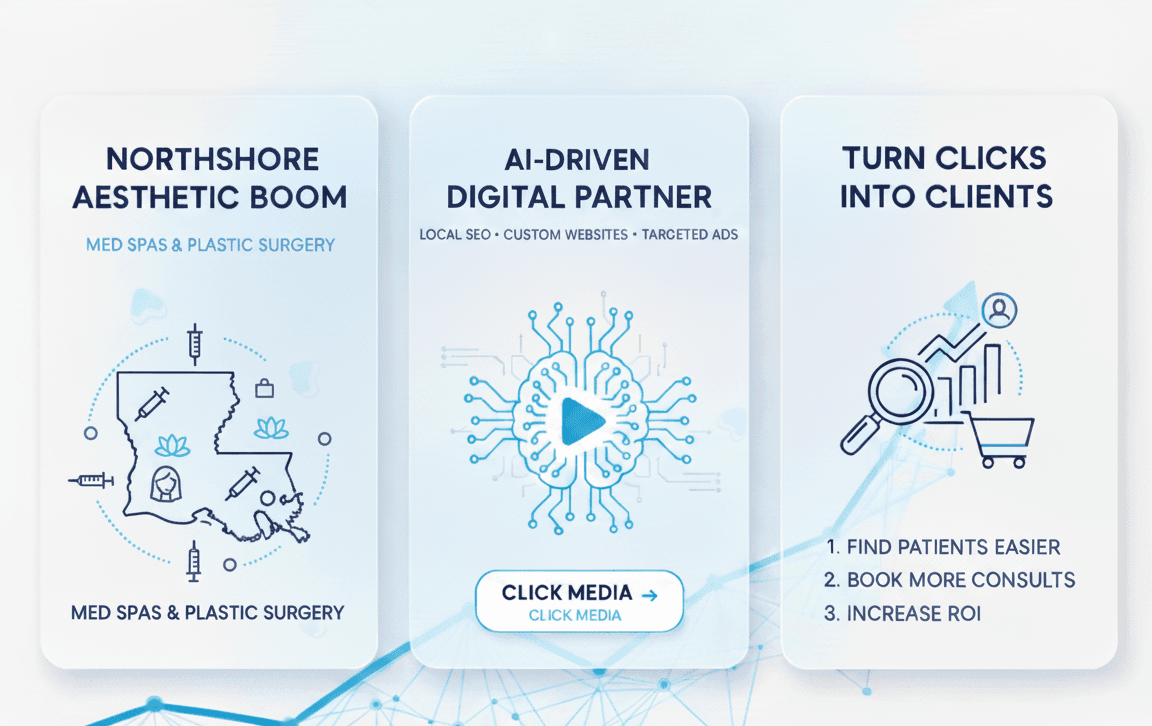Introduction:
In today's digital age, social media has become a critical component of any successful marketing strategy. With billions of active users across platforms like Facebook, Instagram, Twitter, LinkedIn, and TikTok, social media offers businesses the ability to connect with their target audience on a more personal level.
Social media marketing (SMM) allows brands to reach potential customers where they already spend a significant amount of time—on their mobile devices or computers—while also fostering direct engagement and building brand loyalty. This blog will guide you through the essential components of social media marketing, current trends, best practices, and strategies to help your brand stand out in a crowded online space.
Understanding Social Media Marketing:
Social media marketing is the use of social media platforms to promote products, services, or brands. It involves creating and sharing content, running ads, and engaging with followers to build relationships and drive sales. When done right, social media marketing can generate brand awareness, lead generation, website traffic, and ultimately, conversions.
The Benefits of Social Media Marketing:
Reach a Larger Audience: Social media platforms give you access to millions (or even billions) of potential customers.
Increase Brand Awareness: Consistent posts and engagement help keep your brand visible and top of mind.
Drive Traffic: Through organic content and paid ads, you can direct traffic to your website or landing pages.
Engage with Your Audience: Social media allows for two-way communication, making it easier to engage with your audience and build relationships.
Popular Social Media Platforms for Marketing:
Different social media platforms offer distinct advantages, and understanding each one is key to creating a well-rounded social media marketing strategy.
1. Facebook:
With over 2.8 billion monthly active users, Facebook remains the largest social media platform. It's ideal for businesses aiming to target a broad demographic. Facebook’s features, such as business pages, groups, and targeted advertising, help brands connect with users.
Best for:
Community building
Customer service and support
Content sharing, promotions, and ads
2. Instagram:
Instagram is the go-to platform for visually driven content. With its focus on images, videos, and stories, it’s perfect for brands in industries like fashion, travel, food, and beauty. The platform's features, like stories, shopping integration, and influencer collaborations, help brands boost their presence.
Best for:
Visual storytelling
Influencer marketing
E-commerce and product promotion
3. Twitter:
Known for its quick, real-time communication, Twitter is an excellent platform for sharing news, updates, and engaging in conversations. It is highly effective for building a brand’s personality, sharing thought leadership content, and joining trending conversations.
Best for:
Real-time communication
Brand personality development
Customer interaction
4. LinkedIn:
LinkedIn is the leading platform for B2B marketing. It’s perfect for businesses looking to connect with professionals, industry leaders, and decision-makers. Brands can share professional insights, case studies, and job postings to generate leads and foster business relationships.
Best for:
B2B marketing
Professional networking
Lead generation and industry authority building
5. TikTok:
With its explosive growth, TikTok has become a must-use platform for brands targeting younger audiences (Gen Z and millennials). TikTok allows for creative, short-form video content that can go viral, offering significant reach and engagement.
Best for:
Viral marketing
Creative, fun content
Targeting younger audiences
Best Practices for Social Media Marketing:
To make the most out of social media marketing, follow these best practices to ensure your brand stands out and your efforts are effective.
1. Set Clear Goals:
Before diving into social media marketing, it's important to set specific, measurable goals. These could include increasing followers, boosting engagement, driving traffic to your website, or generating leads. Make sure your goals align with your overall marketing strategy and business objectives.
2. Know Your Audience:
Social media marketing is most effective when you target the right audience. Use demographic data and insights from platforms to understand who your followers are, what content they enjoy, and how they engage with brands. Tailor your content to resonate with them.
3. Be Consistent:
Consistency is key to maintaining an active presence on social media. Regular posting and engagement help keep your audience engaged and build brand recognition. Create a content calendar to plan and schedule your posts, ensuring they align with your goals and branding.
4. Create Engaging Content:
High-quality, valuable content is essential for keeping your audience interested. Focus on creating content that educates, entertains, or informs. Use a mix of media, such as images, videos, polls, infographics, and stories, to keep your content fresh and engaging.
5. Interact with Your Audience:
Social media is about conversation, not just broadcasting. Take the time to respond to comments, direct messages, and mentions. Engage in conversations, ask questions, and show your audience that you value their input.
6. Use Hashtags:
Hashtags increase the visibility of your posts and help you reach a broader audience. Research relevant hashtags for your industry and incorporate them into your posts. Be mindful not to overuse hashtags—keep them relevant and targeted.
7. Analyze and Optimize:
Monitor your social media metrics to see how your content is performing. Track KPIs such as engagement, reach, traffic, and conversions. Use this data to optimize your strategy, adjusting your content and posting schedule as needed to improve results.
Trends in Social Media Marketing:
1. Social Commerce:
Social commerce is the integration of e-commerce within social media platforms, allowing users to make purchases directly through social media channels. Instagram, Facebook, and TikTok have rolled out features that make it easier for users to shop without leaving the app.
2. Video Content:
Video continues to dominate social media platforms. Short-form video, such as TikTok videos and Instagram Reels, is gaining significant traction, with audiences consuming more video content than ever before.
3. Influencer Marketing:
Influencer marketing remains one of the most effective ways to reach targeted audiences. Brands are increasingly collaborating with micro and nano influencers, who may have smaller but highly engaged audiences.
4. AR Filters and Virtual Try-Ons:
Augmented reality (AR) filters and virtual try-ons are becoming increasingly popular, particularly in industries like beauty and fashion. These interactive features allow users to experience products virtually before making a purchase.
Conclusion:
Social media marketing is a powerful tool that can significantly impact your brand’s visibility, engagement, and sales. By understanding the unique features of each platform, staying updated on current trends, and following best practices, businesses can create a social media strategy that delivers real, measurable results.


